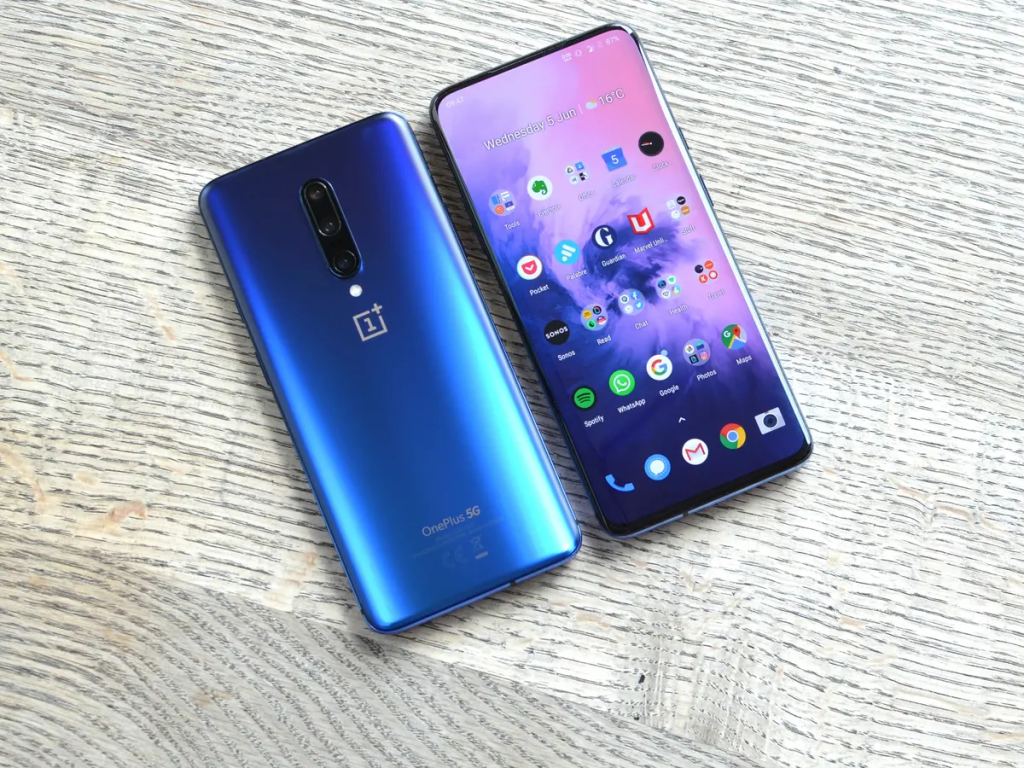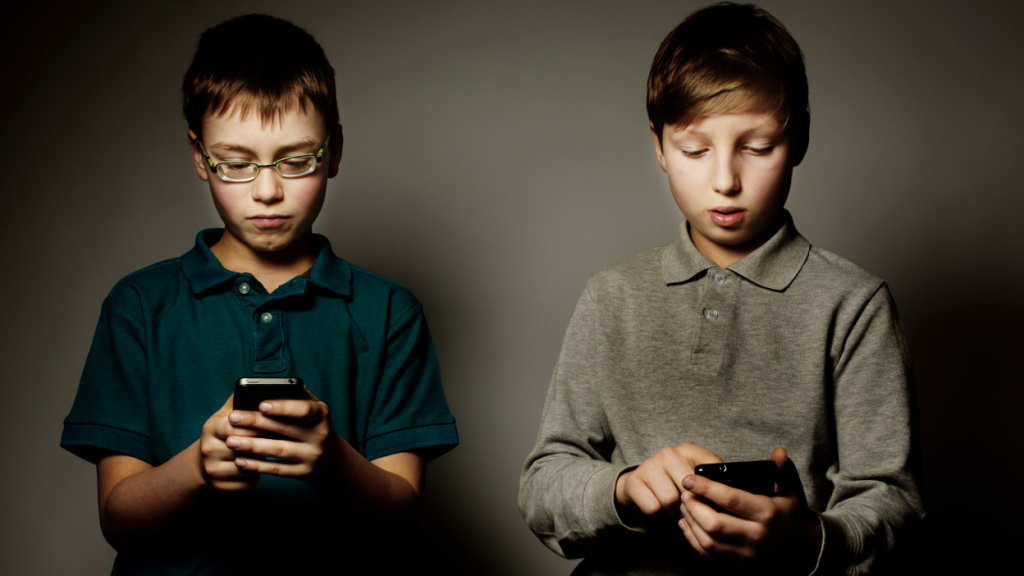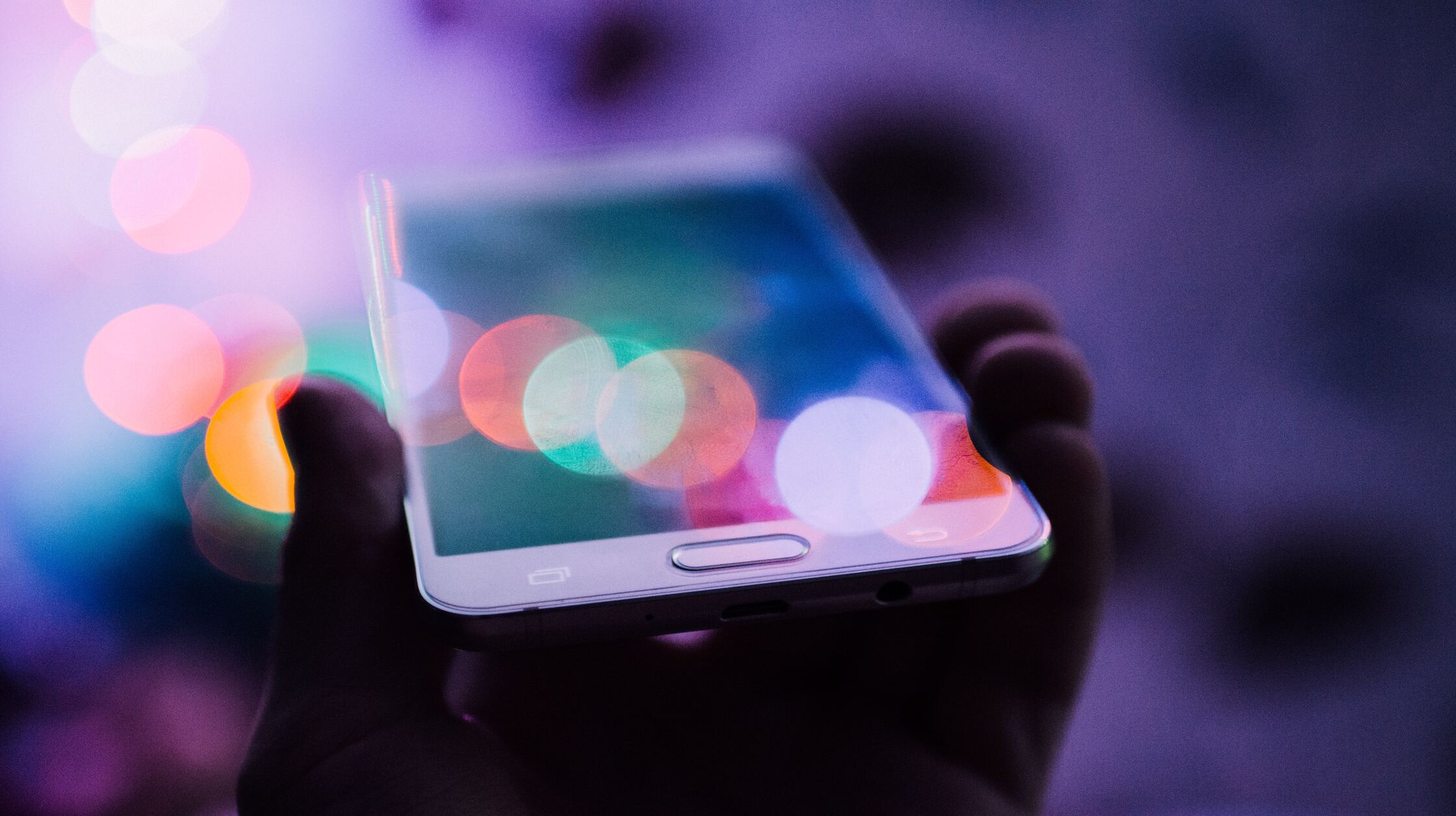This year, Jane Anderson’s eldest daughter entered the world of tweens. With a recent move to another state and an unfamiliar school environment looming ahead, Jane felt it was essential for her daughter, Emily, to maintain contact with her family. However, the idea of giving Emily a smartphone felt premature.
Many child experts suggest introducing children to phones between the ages of 10 and 14, roughly around sixth grade. Even though Emily, at 9, seemed ready for some form of communication, diving straight into the realm of smartphones appeared a bit daunting.
While scrolling through Instagram, Jane noticed a trend: children wearing smartwatches. Many influencers she followed raved about the Gabb Watch, a smartwatch tailored for kids, arousing Jane’s interest.

Together with her husband, David, they aimed to ensure Emily could communicate when away and also wanted a way to keep track of her after school. They sought a balance, allowing Emily to enjoy some autonomy while adopting suitable technological habits for her age. In this context, a smartwatch seemed the ideal solution.
Over recent years, the demand for such watches has surged, as parents increasingly see the value in a gadget that operates like a “phone with training wheels.” These devices serve as an introduction for children, teaching them essential skills ranging from charging a device to managing its safe usage.
Recent studies indicate that 56% of parents believe in equipping their children with a mobile communication tool for school purposes. In this scenario, smartwatches stand out as the preferred choice due to their limited screen size, which naturally restricts over-usage. Additionally, they promote secure communication modes, like texting and calling predetermined contacts.
The advent of smartwatches like the Apple Watch in the early 2010s changed the game for adults, integrating features like health tracking, time-keeping, and phone-finding. Jane found the idea of locating her daughter using similar technology appealing.
Most kid-friendly smartwatches on the market target the 5 to 12 age bracket. They typically come with features such as messaging, calling, GPS tracking, and parental control settings, like a predefined contact list. After some research, Jane and David opted for the Gabb Watch 2. Its price, the parental controls, its straightforward features, and the buzz around it on Instagram played a part in their decision.

The Origins of Gabb
Gabb, a tech enterprise based in Utah, initiated its journey with a Kickstarter campaign in 2019. Their primary goal was to design a kid-centric phone equipped with superior parental control features than conventional smartphones. Their success with the Gabb Phone led to the birth of the Gabb Watch in 2021.
Upon the launch of the Gabb Watch 3, Jane had the opportunity to converse with Gabb’s top executives. They emphasized their vision of “connect and protect,” explaining that while safety is paramount, the product’s appeal to the kids is equally crucial.
Balancing safety with technology is a nuanced task, especially in today’s age when the drawbacks of premature tech exposure are evident. It’s vital to introduce kids to technology as a potent tool but in a monitored and phased manner, safeguarding them from potential hazards.
Parents, in the current era, often feel overwhelmed by alarming headlines related to technology’s impact on children. There have been numerous calls for action, from warnings about social media’s effect on mental well-being to the push for legislation restricting children’s access to these platforms.
However, it’s essential to differentiate between smartphones’ multifaceted nature and smart technology. Kids require a platform to grasp responsible tech usage.
In the words of Gabb’s CEO, “Just as you wouldn’t let a child dive into a pool without adequate preparation, you shouldn’t thrust them into the tech world unprepared. Gabb’s mission is to enlighten parents and prioritize children’s safety.”
A Stepping Stone
Modern therapy often echoes the sentiment: “Avoidance intensifies anxiety.” Controlled exposure to safe communication tools, like smartwatches, can instill confidence in parents regarding their children’s tech interactions.
All technology has its challenges, and smartwatches are no exception. Concerns about privacy, security, and data collection persist. However, as kid-focused smartwatches become more specialized, manufacturers are better equipped to address these issues. The onus remains on parents to stay informed and make discerning choices about the devices they buy.
Sarah Coyne, a noted academic who analyzes media’s influence on kids and families, endorses the developmental appropriateness of smartwatches. As a mother and a psychologist, she believes that they offer valuable lessons in responsibility, acting as a precursor to the challenges of smartphones and social media.
Emily’s journey with the Gabb watch over the past six weeks has been illuminating. She’s steadily grown accustomed to wearing it daily, ensuring it’s charged, and the family revels in the newfound freedom it grants her. On challenging days, Jane sends Emily reassuring messages, strengthening their bond through technology’s power to enhance cherished relationships.




